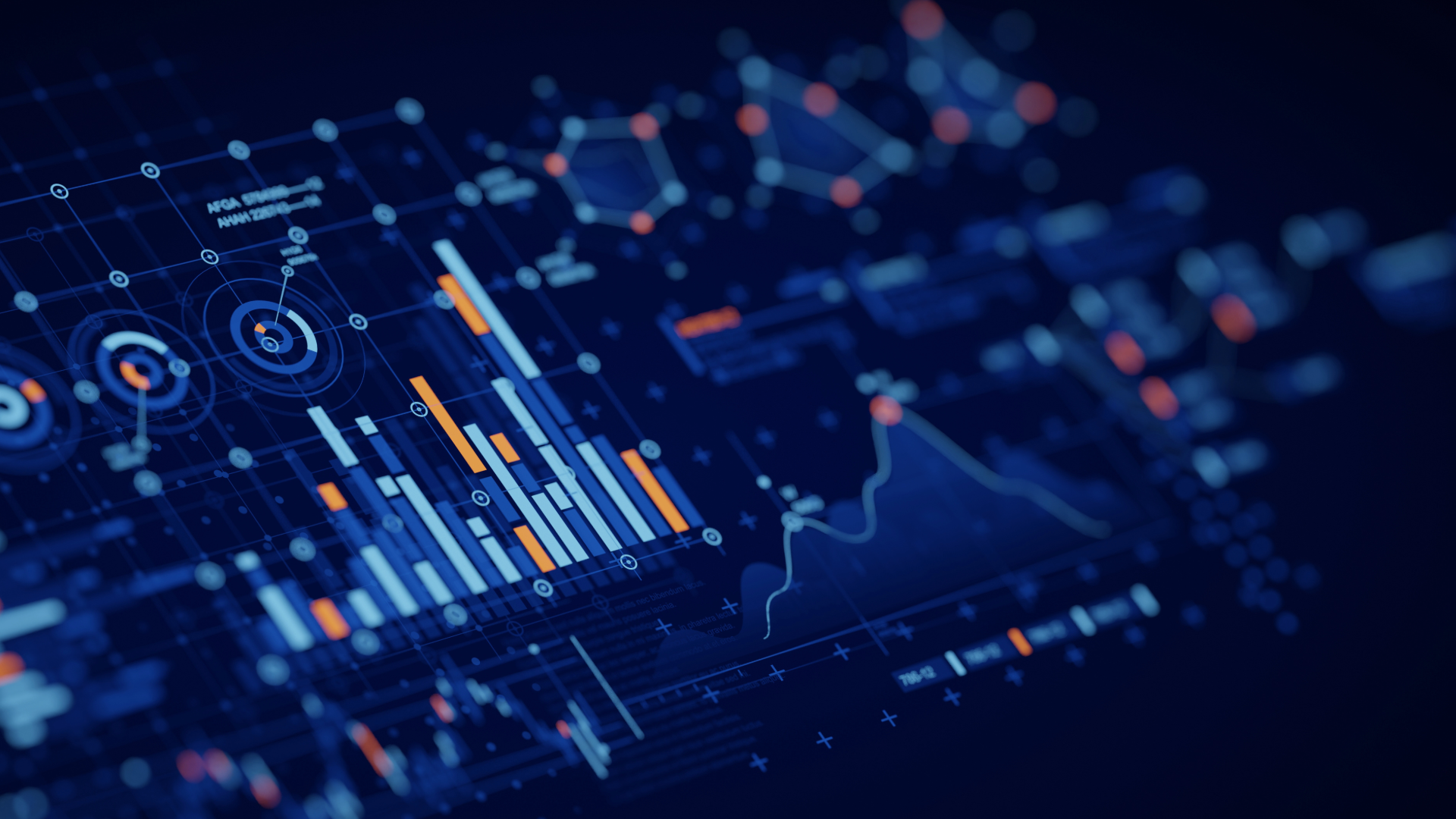In today’s digital age, the Internet of Things (IoT) has become a transformative force, revolutionizing industries and enhancing our everyday lives. One intriguing application of IoT is using existing surveillance cameras to drive productivity gains across various sectors. By repurposing these cameras as IoT devices, businesses can tap into a wealth of data and insights that can lead to more efficient operations, enhanced safety measures, and improved decision-making.
The Convergence of Surveillance Cameras and IoT
Traditionally, surveillance cameras have been deployed primarily for security purposes, monitoring physical spaces to prevent theft, vandalism, and other unauthorized activities. However, with technological advancements and the growing interconnectivity of devices, these cameras can now serve as powerful data sources for IoT applications.
Enhanced Data Collection and Analysis
Repurposing surveillance cameras as IoT devices involves equipping them with sensors and connectivity, enabling them to gather and transmit real-time data beyond just video footage. For instance, retail stores can analyze customer foot traffic patterns to optimize store layouts, leading to improved customer experiences and increased sales. Manufacturers can monitor equipment conditions and identify potential maintenance issues, reducing downtime and minimizing production bottlenecks.
Smart Resource Allocation
Businesses can implement intelligent resource allocation strategies by harnessing the data collected from existing surveillance cameras. For instance, smart lighting systems can adjust illumination levels based on occupancy data, saving energy costs while providing adequate lighting for occupied areas. In office spaces, HVAC systems can be optimized to maintain comfortable temperatures only in areas where employees are present, reducing unnecessary energy consumption.
Streamlined Operations and Workflow
IoT-enabled surveillance cameras can also play a pivotal role in streamlining operations and workflows by showing evidence of patterns in work. For instance, cameras equipped with IoT capabilities in warehouses can identify and track the movement of goods, ensuring accurate inventory management and efficient order fulfillment. IoT cameras can help automate patient check-in procedures and monitor room occupancy for improved bed management in healthcare settings.
Safety and Security Augmentation
While the primary purpose of surveillance cameras is security, the integration of IoT can elevate safety measures to new heights. Cameras with IoT capabilities can be linked to motion sensors and facial recognition technology to identify potential security threats in real-time. Automated alerts can be sent to security personnel, enabling swift responses to security breaches.
Challenges and Considerations of Integrating Surveillance Cameras into IoT Systems
While integrating surveillance cameras into IoT ecosystems presents numerous benefits, there are also challenges to be addressed. Privacy concerns, data security, and ethical considerations must be paramount. Businesses must ensure compliance with data protection regulations and establish robust cybersecurity measures to safeguard the collected data.
Ready to Get Started on Boosting Productivity and Security?
The convergence of surveillance cameras and IoT represents a compelling opportunity for businesses to boost productivity, efficiency, and safety across various sectors. By repurposing these existing assets, organizations can tap into a wealth of data-driven insights that inform decision-making, streamline operations, and enhance customer experiences. As technology continues to evolve, the transformational potential of IoT-enabled surveillance cameras is poised to reshape industries and drive innovation in ways we are only beginning to explore.
Get ahead of the curve by starting your IoT system upgrade today. Worldnet can help you begin this journey by connecting you with the right IoT expert who can address your unique business needs.




